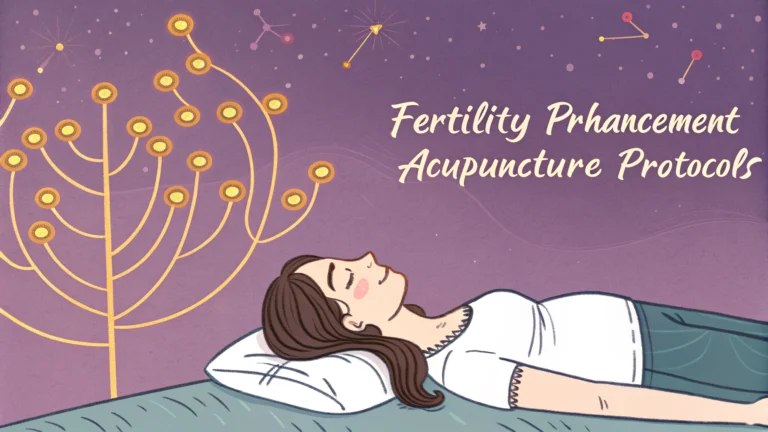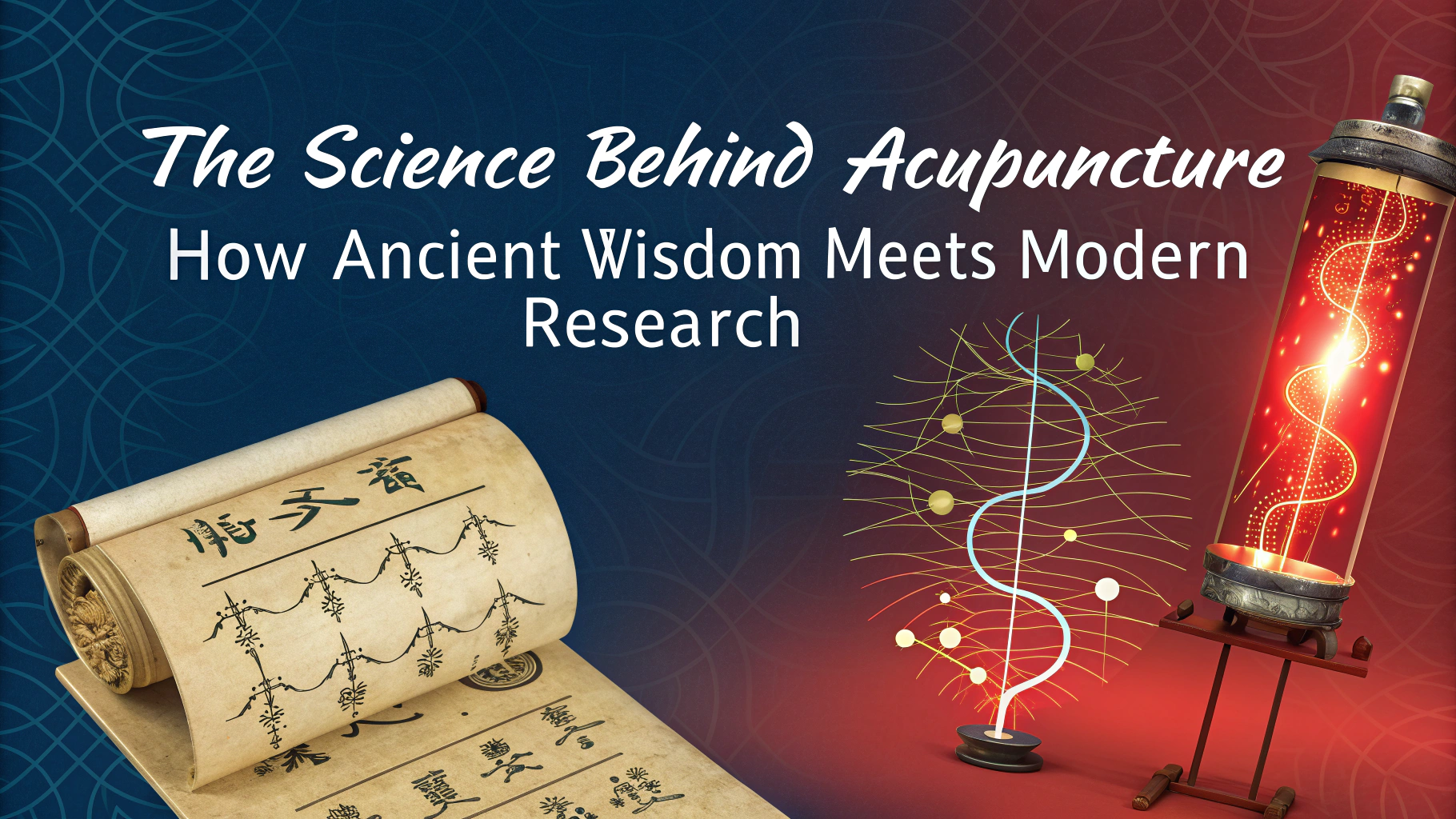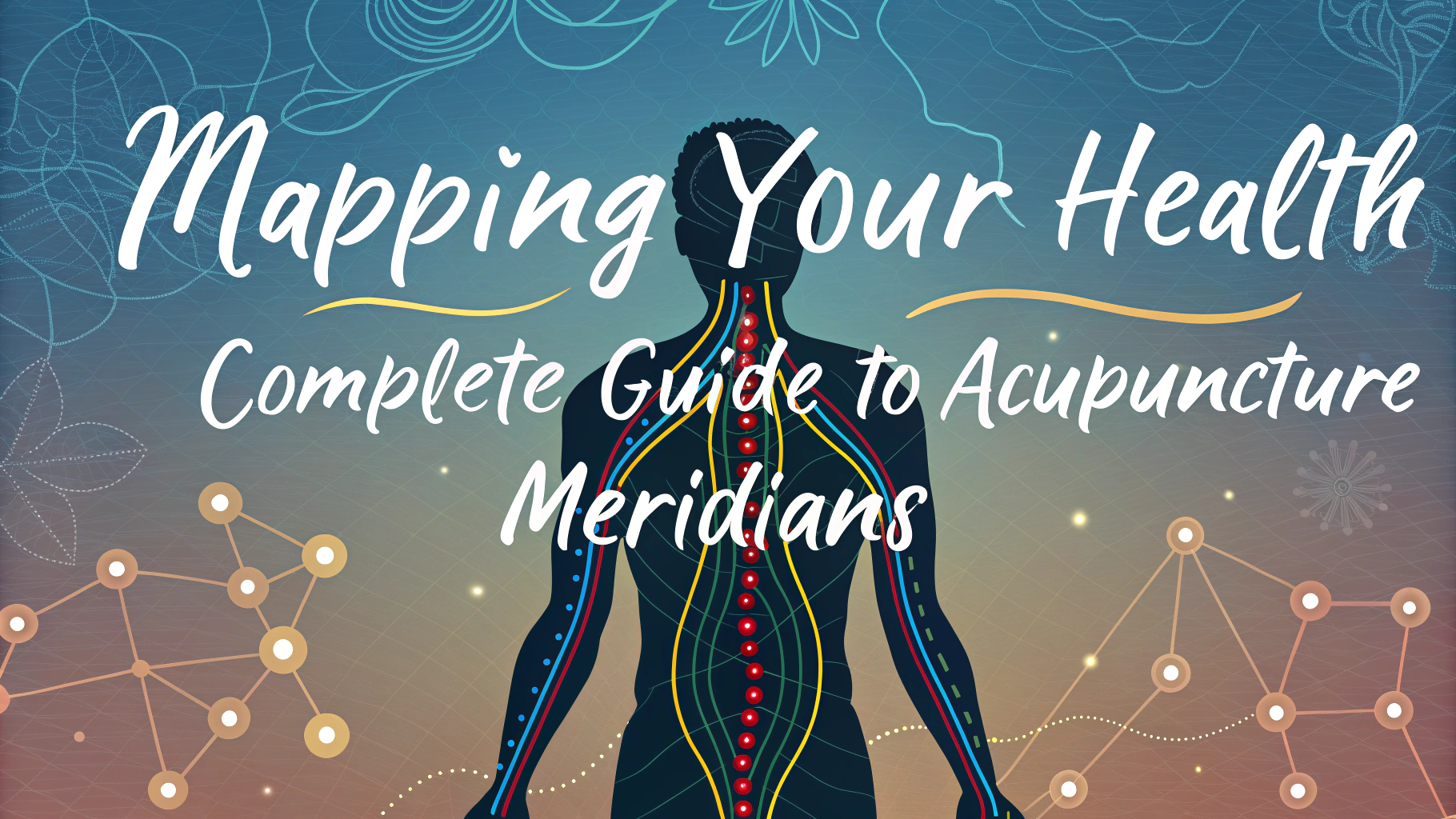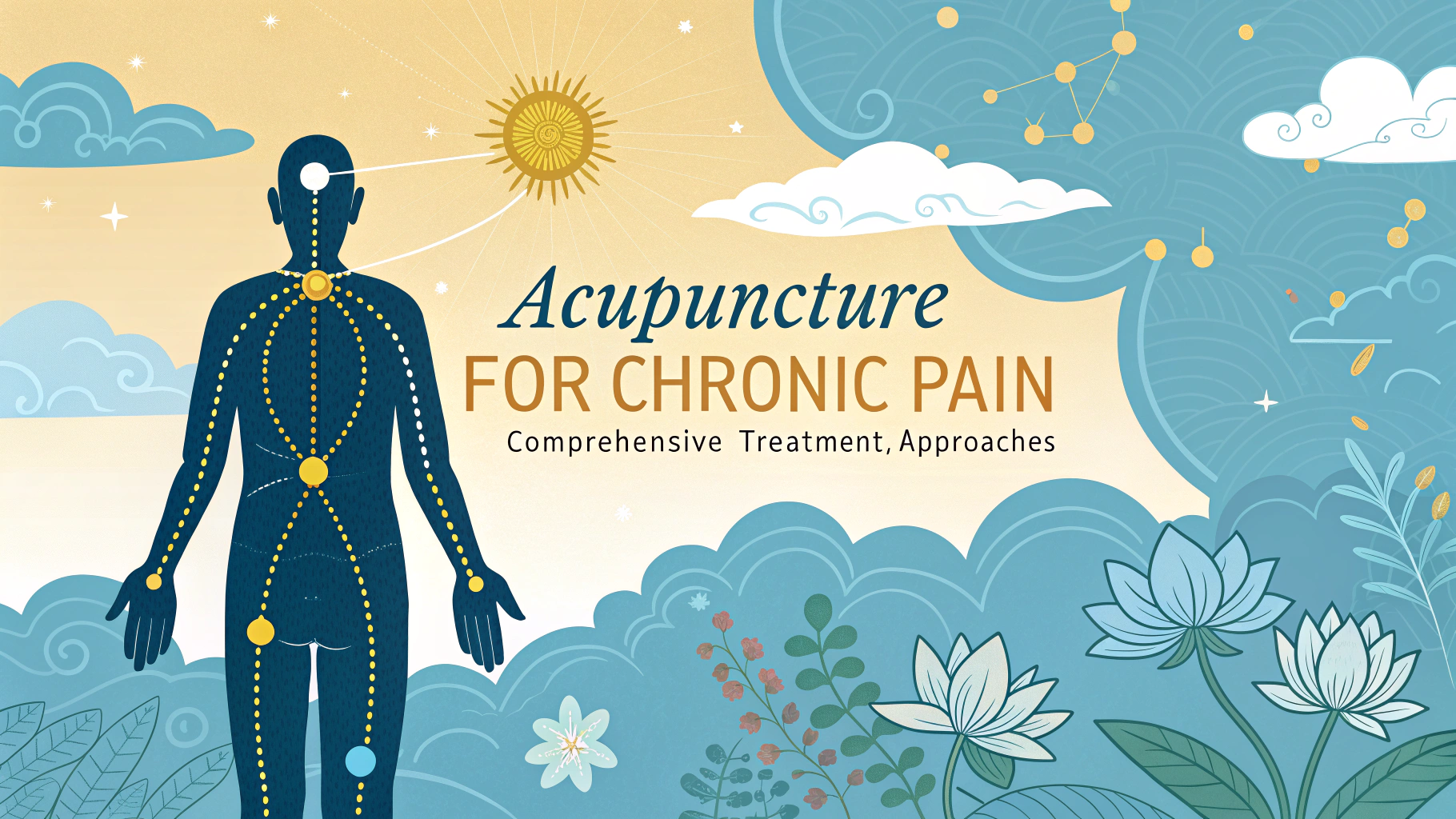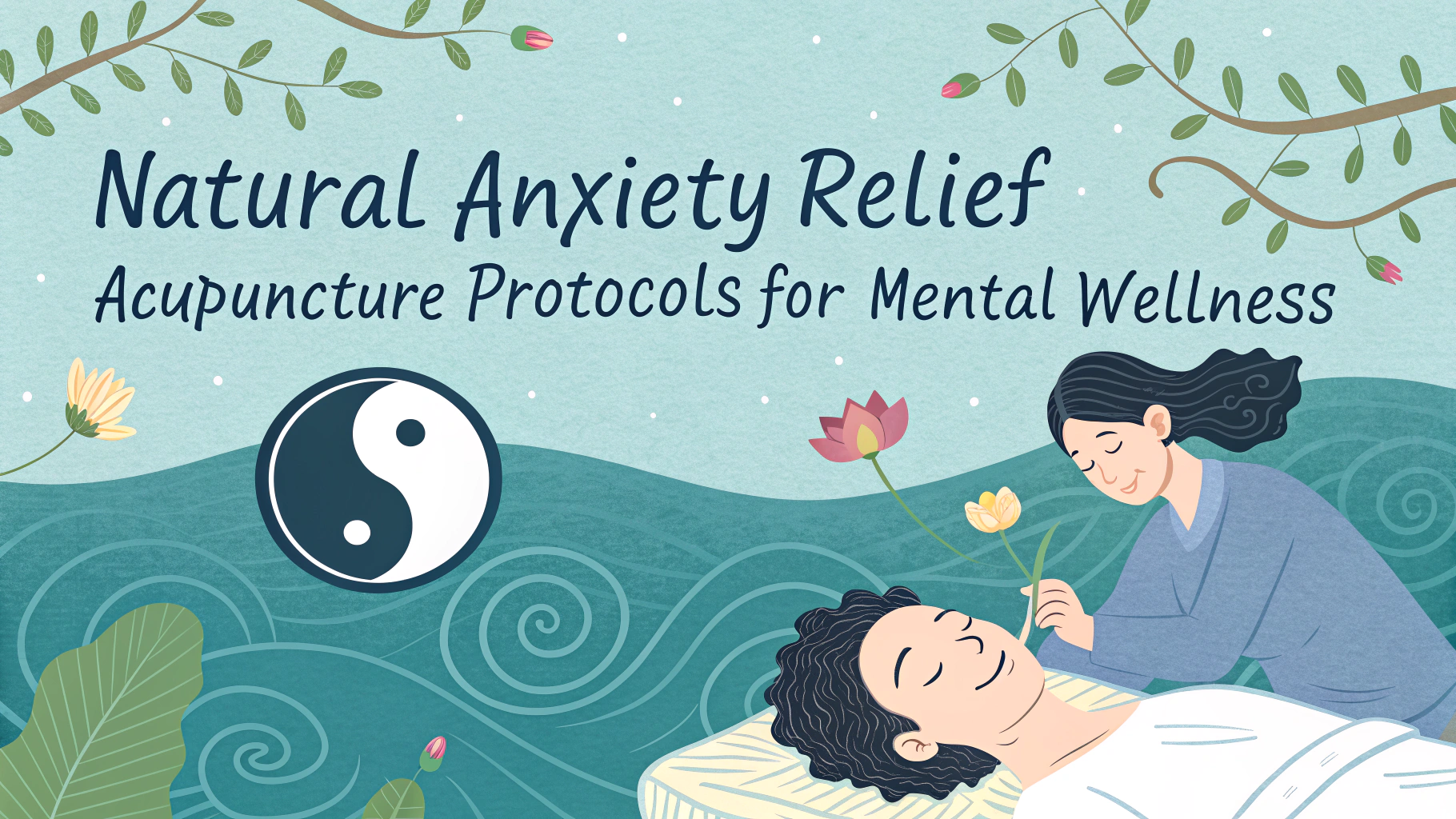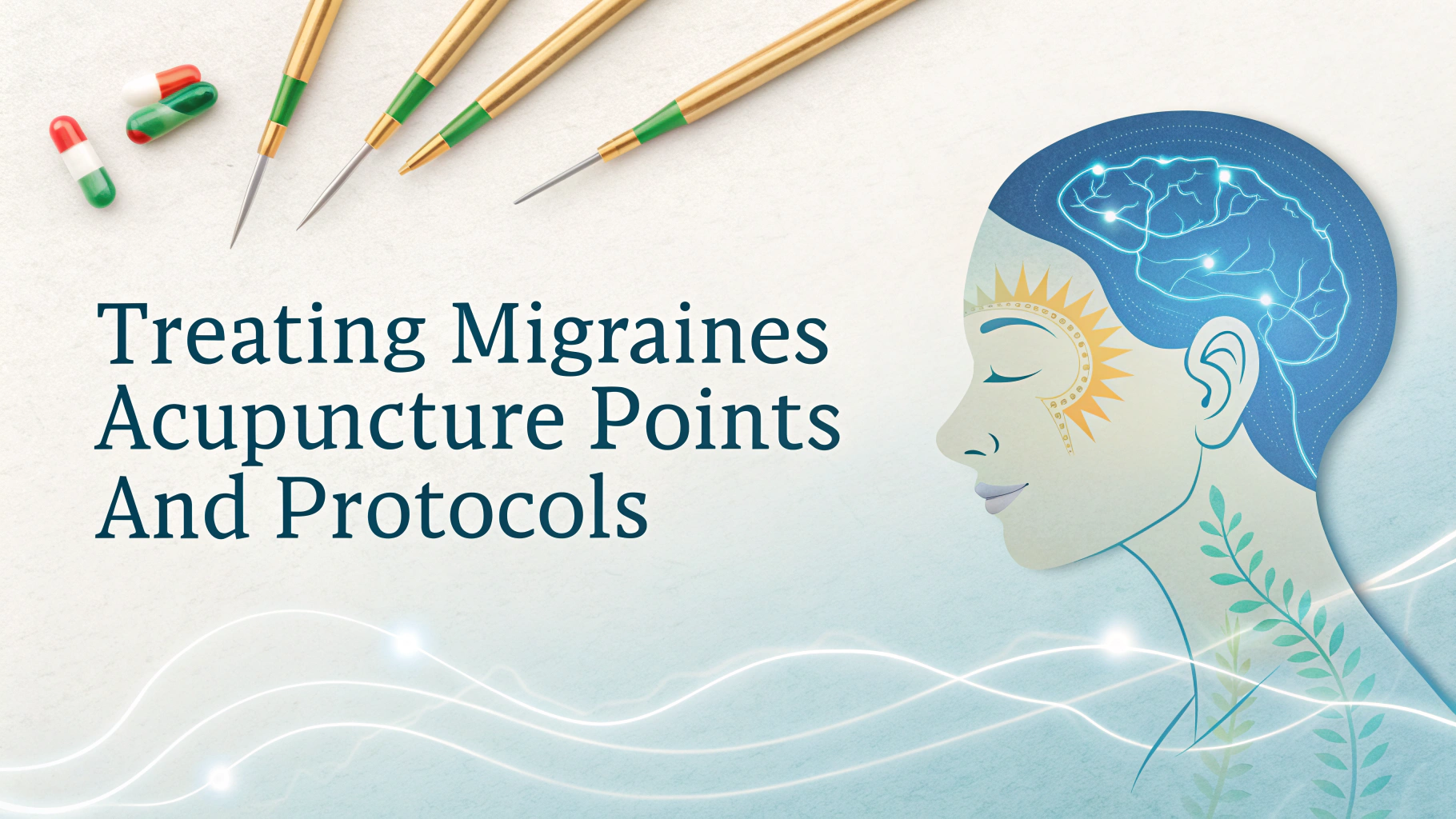TMJ (temporomandibular joint) disorders can cause significant pain and discomfort in the jaw area, affecting daily activities like eating and speaking.
Acupuncture offers a natural, non-invasive treatment option that has shown promising results for many TMJ sufferers.
This guide explores how acupuncture can help manage TMJ symptoms and what to expect during treatment.
Understanding TMJ and Its Symptoms
The temporomandibular joint connects your jawbone to your skull, acting like a sliding hinge for mouth movements.
- Jaw pain or tenderness
- Difficulty chewing
- Clicking or popping sounds
- Facial pain
- Locked jaw
- Headaches
How Acupuncture Helps TMJ
Acupuncture works by stimulating specific points that can reduce inflammation and relax tense muscles around the jaw.
- Reduces muscle tension
- Decreases inflammation
- Improves blood circulation
- Triggers natural pain-relieving chemicals
- Helps realign jaw position
Common Acupuncture Points for TMJ
Qualified acupuncturists typically target these specific points:
- ST-6 (Jiache) – located near the jaw
- ST-7 (Xiaguan) – below the cheekbone
- GB-20 (Fengchi) – base of the skull
- LI-4 (Hegu) – between thumb and index finger
What to Expect During Treatment
A typical TMJ acupuncture session lasts 30-60 minutes.
- Initial consultation to discuss symptoms
- Gentle insertion of fine needles
- Needles remain in place for 20-30 minutes
- Multiple sessions may be needed
Treatment Schedule and Duration
| Phase | Frequency | Duration |
|---|---|---|
| Initial Treatment | 2-3 times per week | 2-3 weeks |
| Maintenance | Once every 2-4 weeks | As needed |
Finding a Qualified Acupuncturist
Look for practitioners certified by the National Certification Commission for Acupuncture and Oriental Medicine (NCCAOM).
- Check credentials and licensing
- Read patient reviews
- Ask about TMJ treatment experience
- Verify insurance coverage
Complementary Treatment Options
Combine acupuncture with these approaches for better results:
- Gentle jaw exercises
- Stress management techniques
- Proper posture maintenance
- Soft food diet during flare-ups
- Ice/heat therapy
Next Steps for TMJ Relief
Contact your local acupuncture board or visit NCCAOM’s directory to find certified practitioners in your area.
Consider scheduling a consultation to discuss your specific TMJ symptoms and develop a personalized treatment plan.
Safety and Precautions
While acupuncture is generally safe, be aware of these considerations:
- Inform practitioner about medications
- Disclose any bleeding disorders
- Report any discomfort during treatment
- Follow post-treatment care instructions
- Monitor and report side effects
Cost and Insurance Coverage
Treatment costs and coverage can vary significantly:
- Initial consultation: $75-150
- Follow-up sessions: $50-100
- Package deals may be available
- Some insurance plans cover treatment
- FSA/HSA funds may apply
Measuring Treatment Success
Track your progress using these indicators:
- Pain reduction frequency
- Improved jaw mobility
- Better sleep quality
- Reduced medication needs
- Enhanced daily function
Starting Your TMJ Healing Journey
Take control of your TMJ health by exploring acupuncture as a treatment option. Document your symptoms, research qualified practitioners, and discuss treatment possibilities with healthcare providers. Remember that healing takes time, and a combination of treatments often yields the best results.
- Keep a symptom diary
- Set realistic expectations
- Maintain regular appointments
- Follow practitioner guidance
- Stay committed to your treatment plan
FAQs
- What is TMJ and how can acupuncture help treat it?
TMJ (Temporomandibular Joint) disorder affects the jaw joint and surrounding muscles. Acupuncture helps by reducing inflammation, relieving muscle tension, and triggering the release of natural pain-relieving chemicals in the body. - How many acupuncture sessions are typically needed for TMJ treatment?
Most patients require 6-8 sessions initially, with treatments scheduled 1-2 times per week. Some patients may need maintenance sessions every few months depending on symptom severity. - Which acupuncture points are commonly used for TMJ treatment?
Common points include ST-6 (Jiache), ST-7 (Xiaguan), SI-18 (Quanliao), and GB-20 (Fengchi), along with distant points on the hands and feet to promote overall balance. - Is acupuncture for TMJ treatment painful?
Most patients experience minimal discomfort. The needles used are very thin, and while some points may be temporarily sensitive, the treatment generally produces a relaxing effect. - Can acupuncture be combined with other TMJ treatments?
Yes, acupuncture works well alongside other treatments such as physical therapy, dental appliances, and stress management techniques for comprehensive TMJ care. - What are the success rates of acupuncture for TMJ treatment?
Clinical studies show that 70-85% of patients experience significant reduction in TMJ pain and improved jaw mobility after a course of acupuncture treatment. - Are there any side effects from TMJ acupuncture treatment?
Side effects are typically minimal but may include temporary soreness at needle sites, minor bruising, or brief muscle twitching during treatment. - How long does relief from TMJ symptoms last after acupuncture treatment?
Results vary by individual, but many patients experience relief lasting several months to a year after completing a full course of treatment. Regular maintenance sessions can help extend benefits. - What should I expect during my first TMJ acupuncture session?
The first session includes a detailed health history review, examination of the jaw and surrounding areas, pulse diagnosis, and an initial treatment lasting 45-60 minutes. - Does insurance cover acupuncture for TMJ treatment?
Coverage varies by insurance provider and plan. Many insurance companies now cover acupuncture for pain management, but it’s important to verify coverage beforehand.
